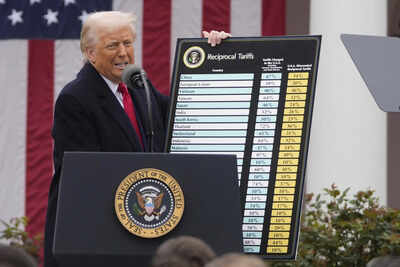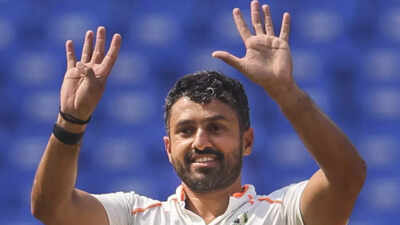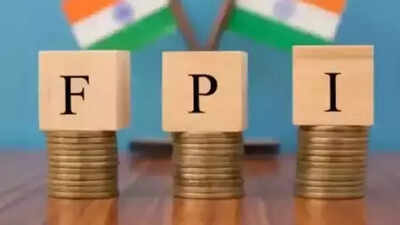Fab 5: The five countries missing from Trump’s list of reciprocal tariffs | International Business News

US President Donald Trump’s latest wave of reciprocal tariffs has dealt a significant blow to numerous countries, with rates ranging from 10% to as high as 50%. However, five countries—Russia, Canada, Mexico, North Korea, and Cuba—were notably absent from the list.
Their exemption has raised questions, especially given that major trading partners such as India (27%), the European Union (20%), and Vietnam (46%) were subjected to steep duties.
Russia, North Korea, Cuba, and Belarus were not included in this latest round. US Treasury Secretary Scott Bessent explained that Russia had been left out because existing sanctions had already reduced trade between the two countries to minimal levels.
Although Canada and Mexico were not named in Trump’s 2 April tariff announcement, they have not been entirely spared from trade penalties. Earlier in the year, the US imposed a 25% tariff on imports from both countries, along with a 10% rate specifically targeting Canadian energy and potash.
Goods covered by the US-Mexico-Canada Agreement (USMCA) continue to be exempt from the new duties. However, new tariffs on auto parts and other products are set to come into force on Thursday.
Canadian Prime Minister Mark Carney, speaking to Bloomberg, said that his government would respond with countermeasures to protect Canadian workers.
Mexico is preparing its own response, with President Claudia Sheinbaum expected to address the matter at a press conference on Thursday.
A US official noted that the excluded countries already faced high tariffs and that prior sanctions had rendered meaningful trade with them virtually impossible.
Saurav Ghosh, co-founder of the bond investment platform Jiraaf, suggested another possible reason for Russia’s exclusion: the ongoing negotiations between Trump and Russian President Vladimir Putin. He noted that due to existing sanctions, US-Russia trade had already decreased significantly, and added that if Trump was still in talks with Putin over ending the war in Ukraine, a cooperative Russia would likely be necessary.
It also remains unclear whether Trump plans to revise his approach to countries that continue purchasing Russian oil and gas.
The new tariff strategy appears focused on countries with substantial trade surpluses with the US. China, for example, which had a $295 billion surplus with the US in 2024, has been hit with a 34% tariff.
Ghosh remarked that countries in Asia, along with the EU, tend to have higher trade deficits with the US, which may explain their position at the top of the tariff list. He added that Trump has cited non-tariff barriers, such as domestic VAT systems and currency manipulation, as contributing factors in determining tariff levels—suggesting that restoring trade balance has been the administration’s primary concern.
Among the more unexpected moves in this latest round were the heavy tariffs on Japan (24%) and Vietnam (46%). Ghosh described these as particularly striking developments.
As global trade adjusts to these new measures, several countries are preparing retaliatory actions. Canada and Mexico are weighing their next steps, while both Asian and European nations brace for the broader impact.
For now, Russia and North Korea remain outside Trump’s line of fire—though that could easily change, depending on how diplomatic relations evolve in the coming months.





